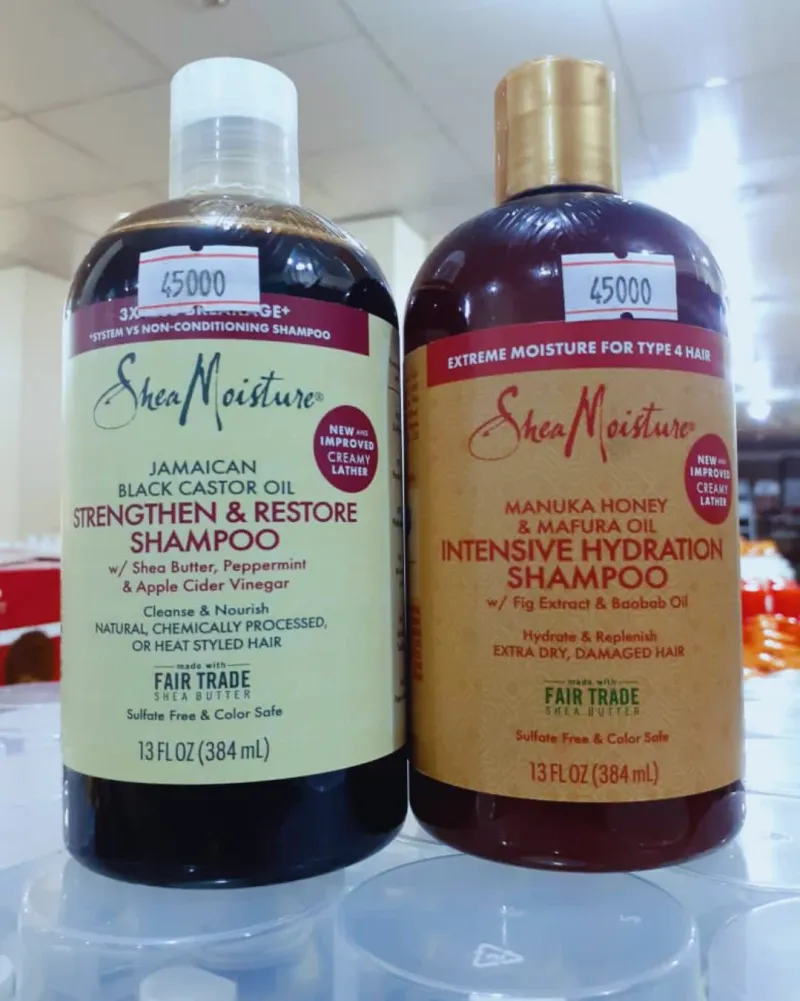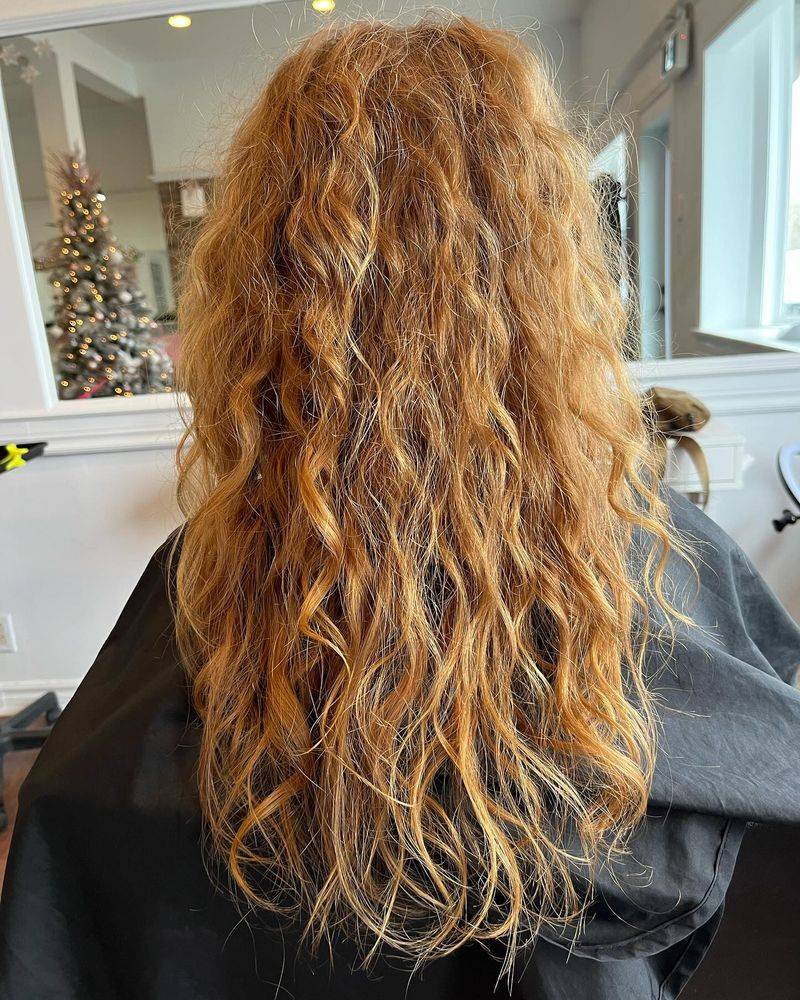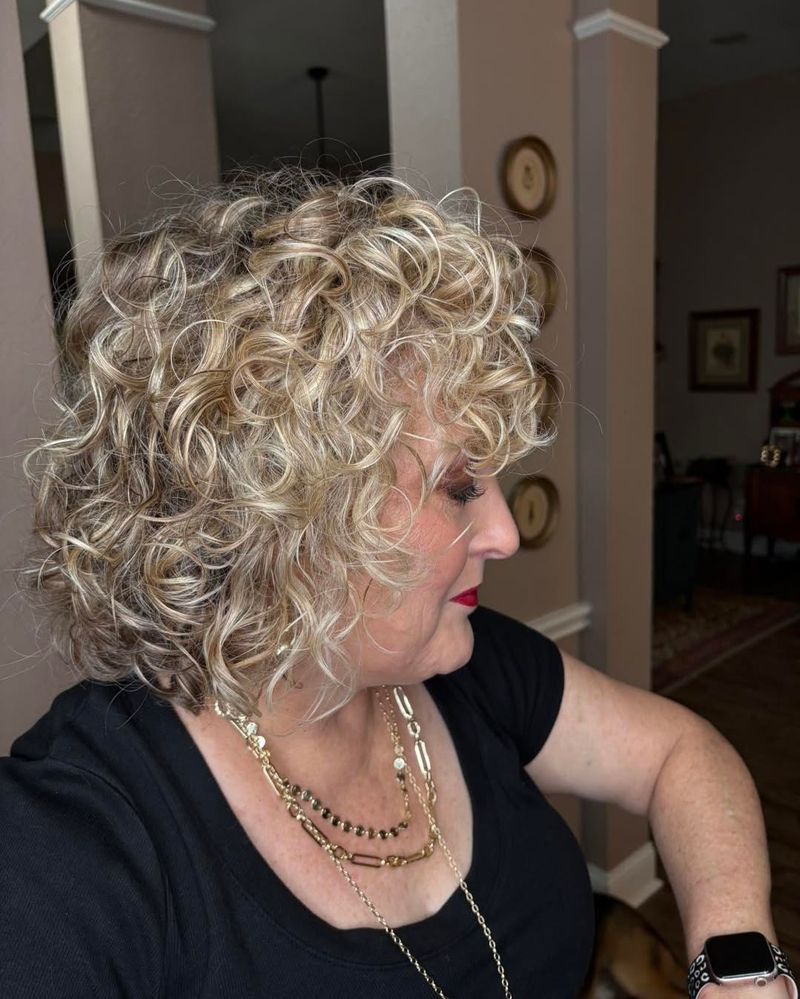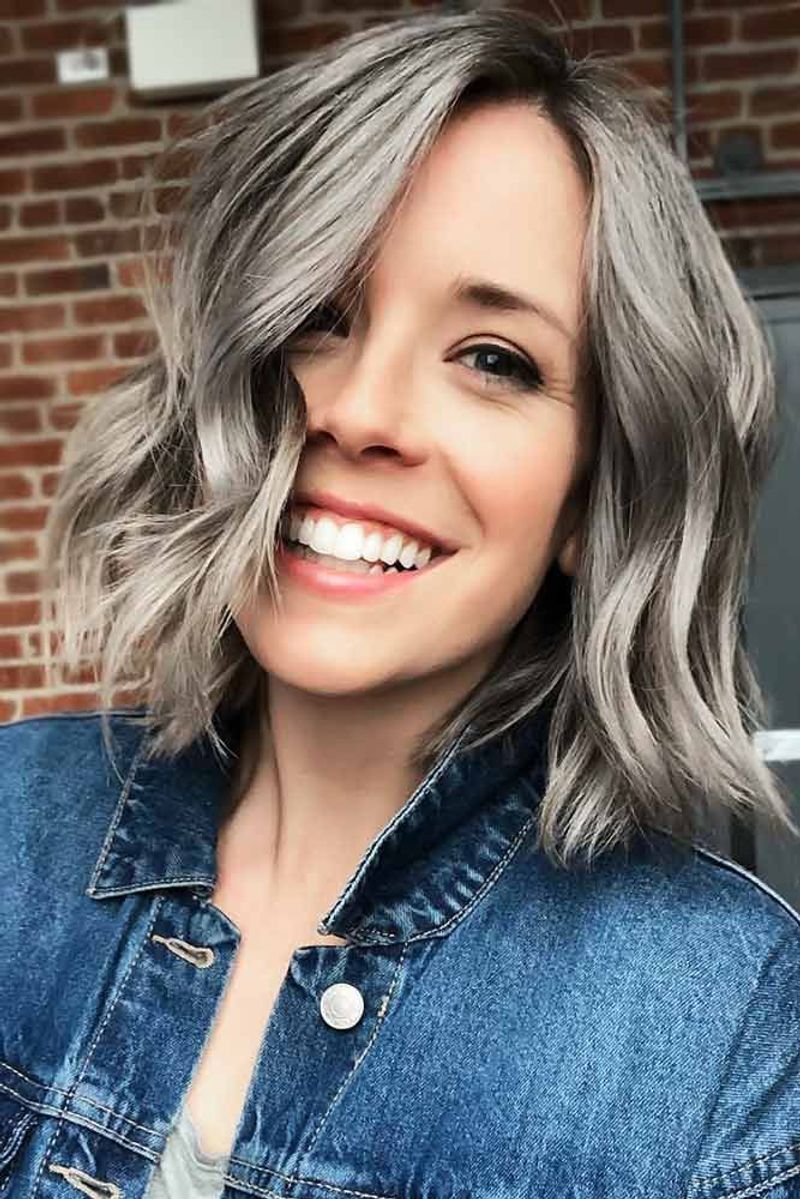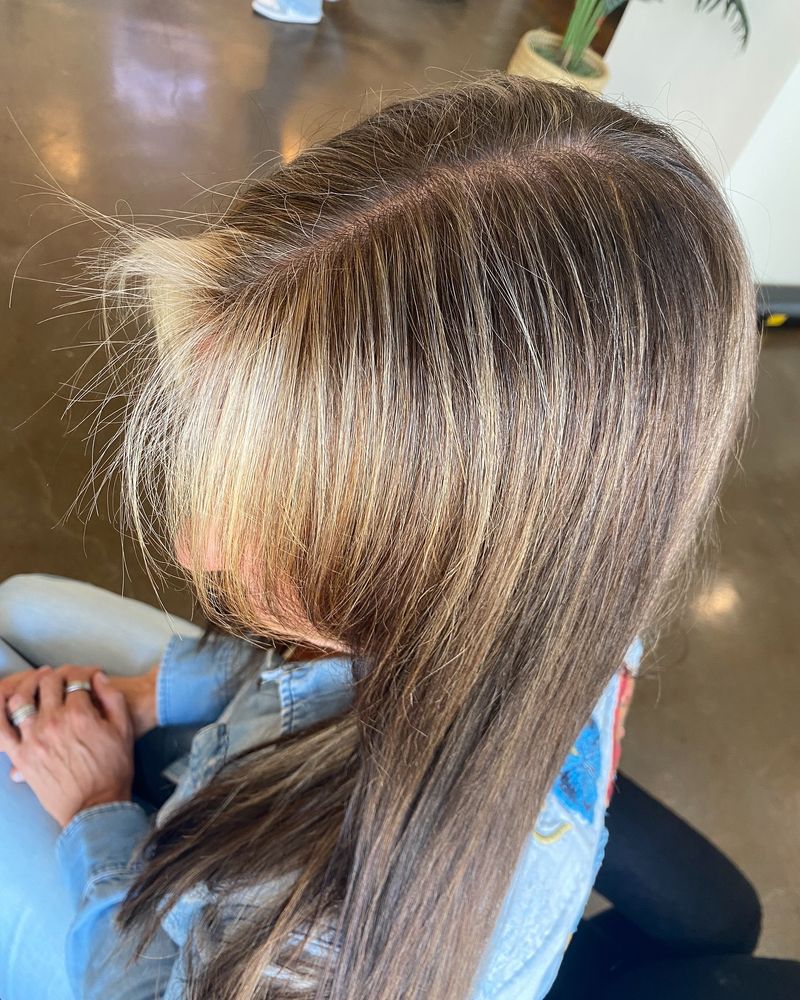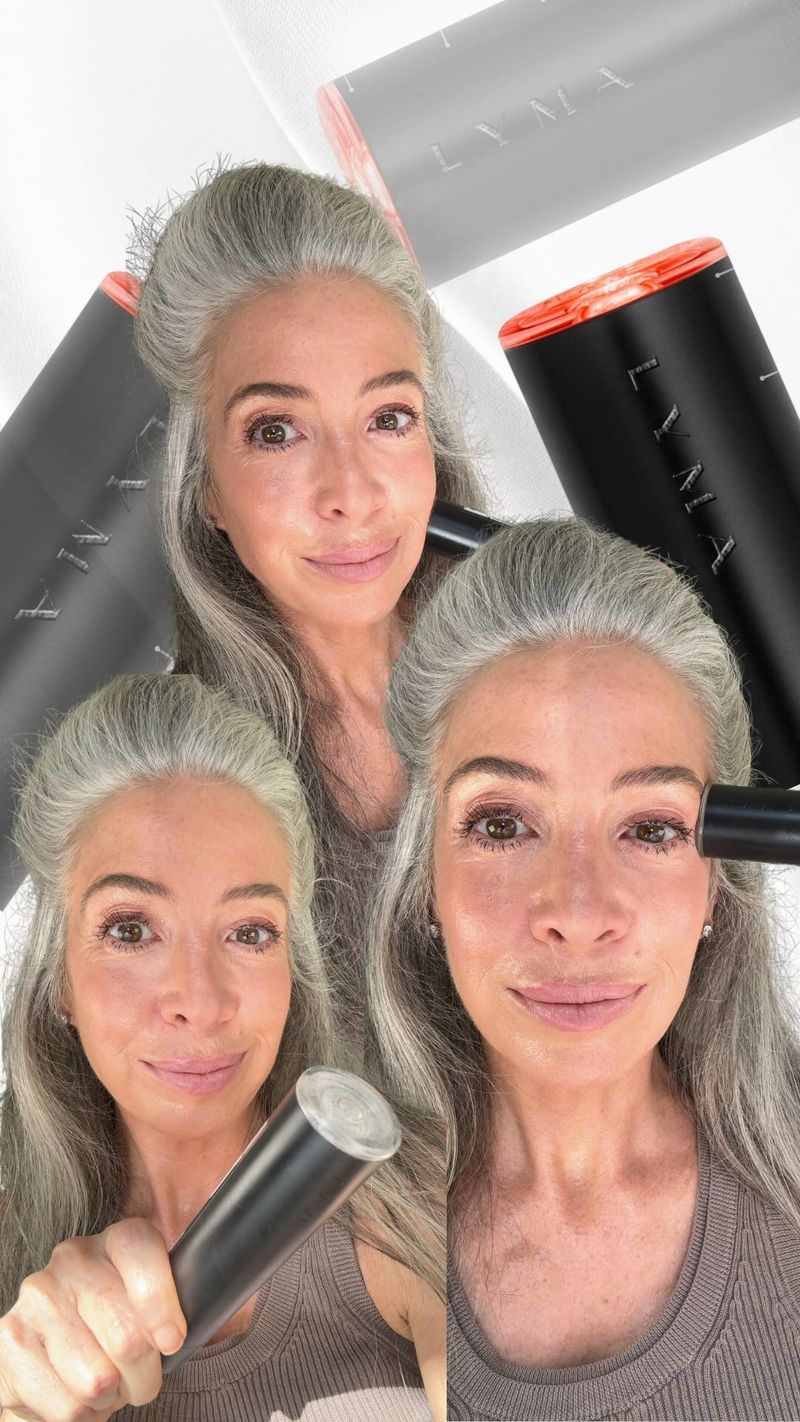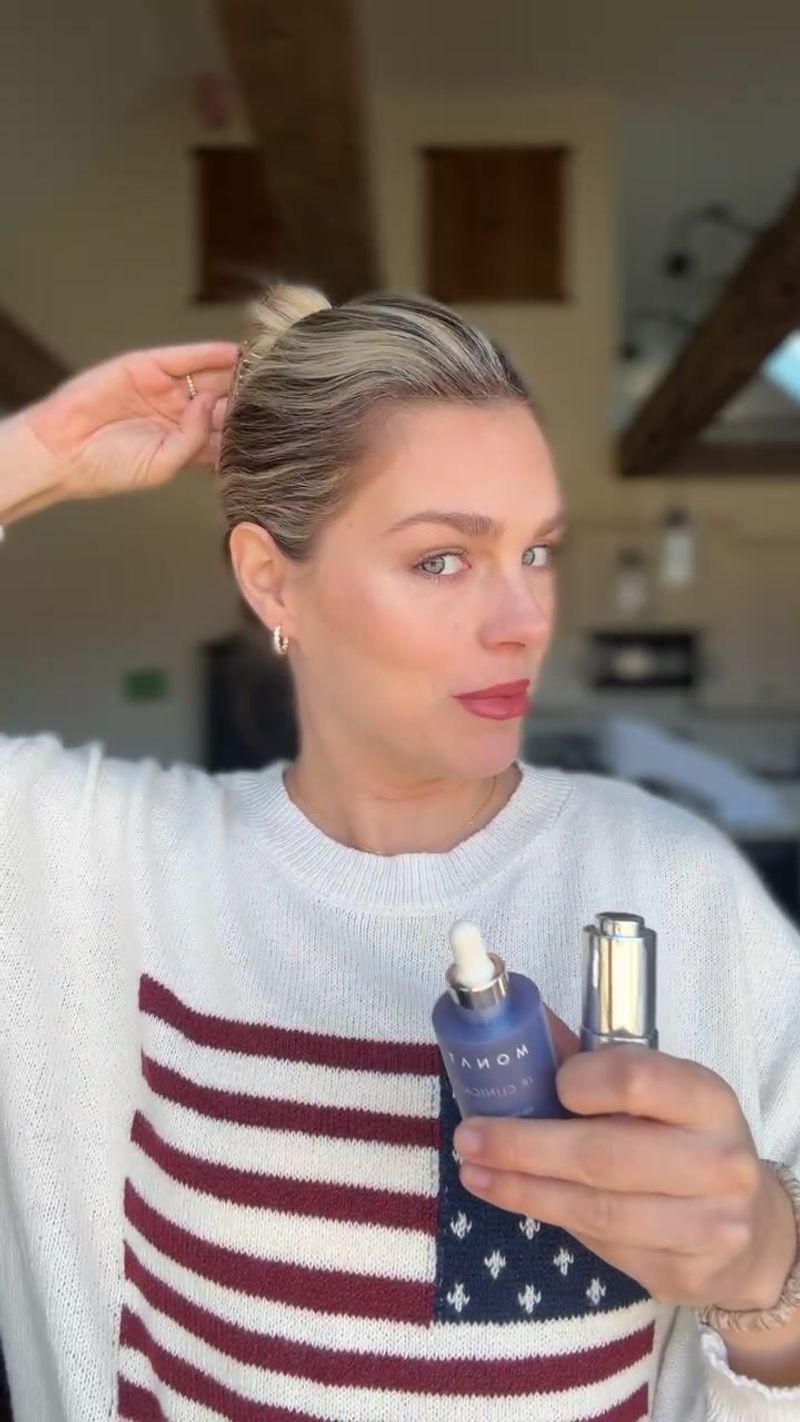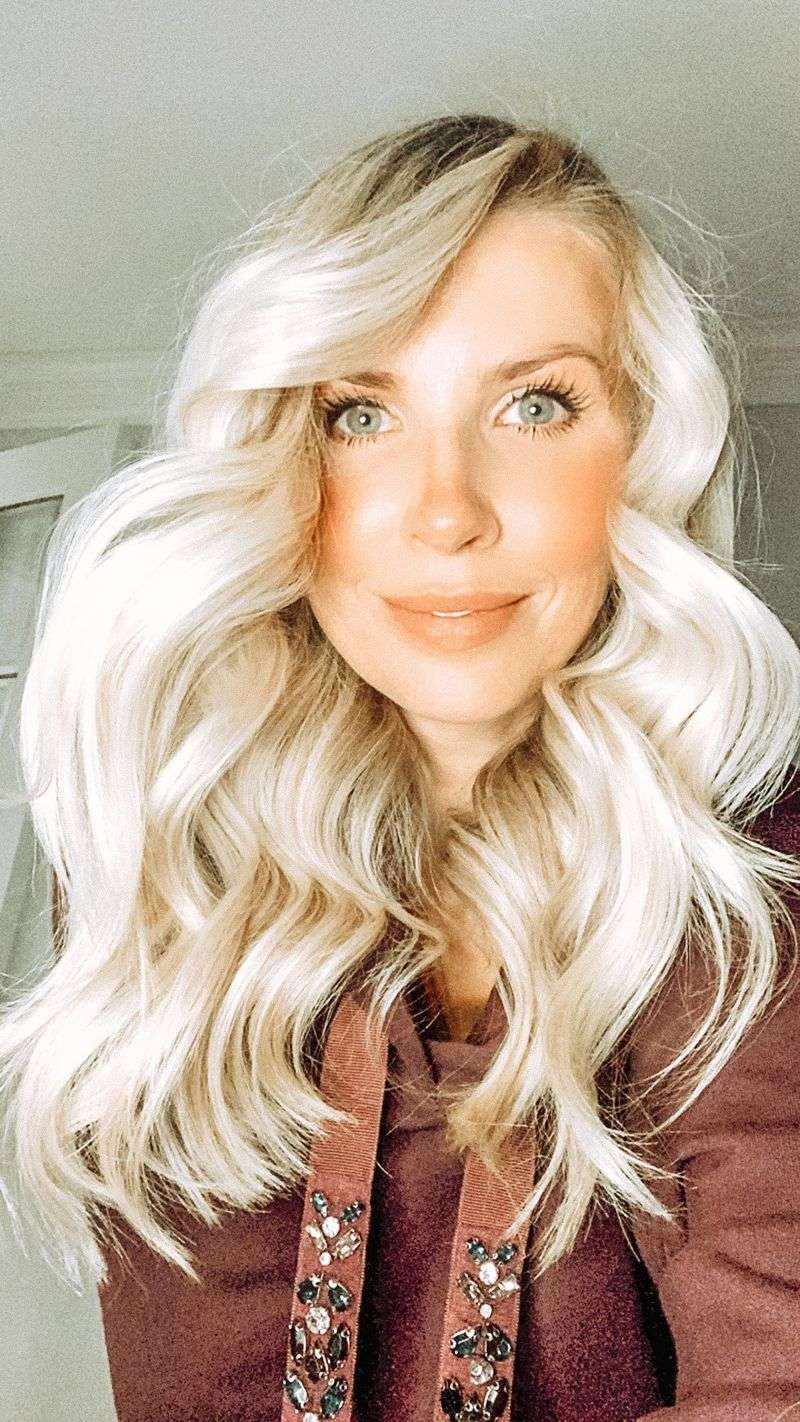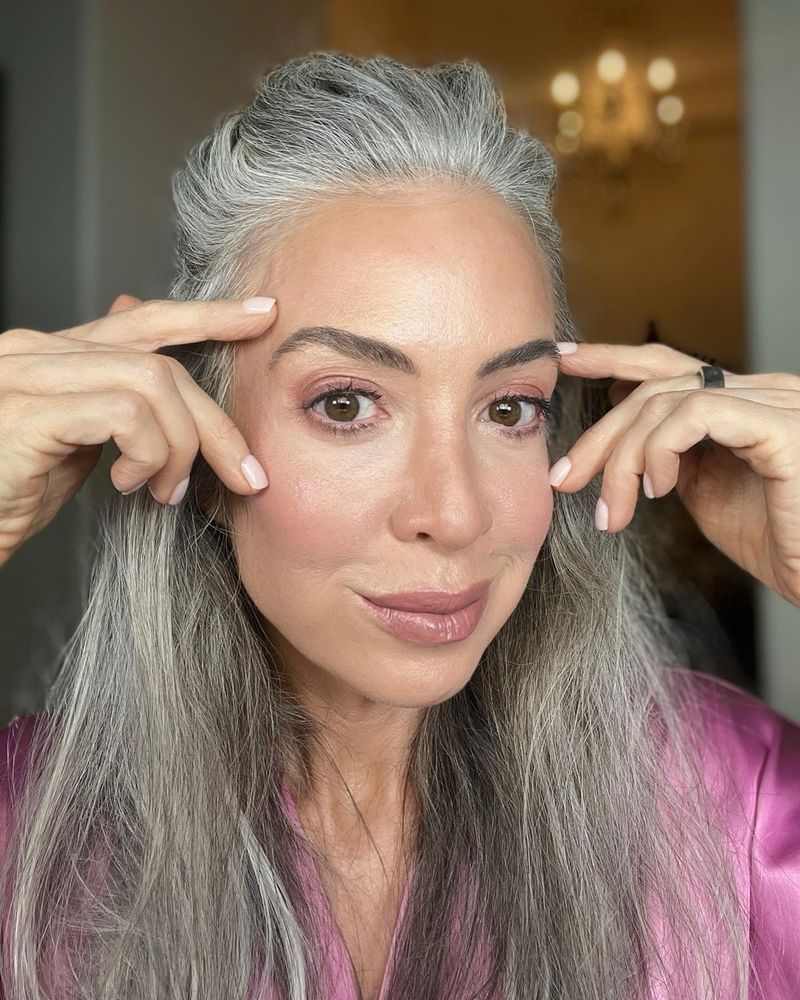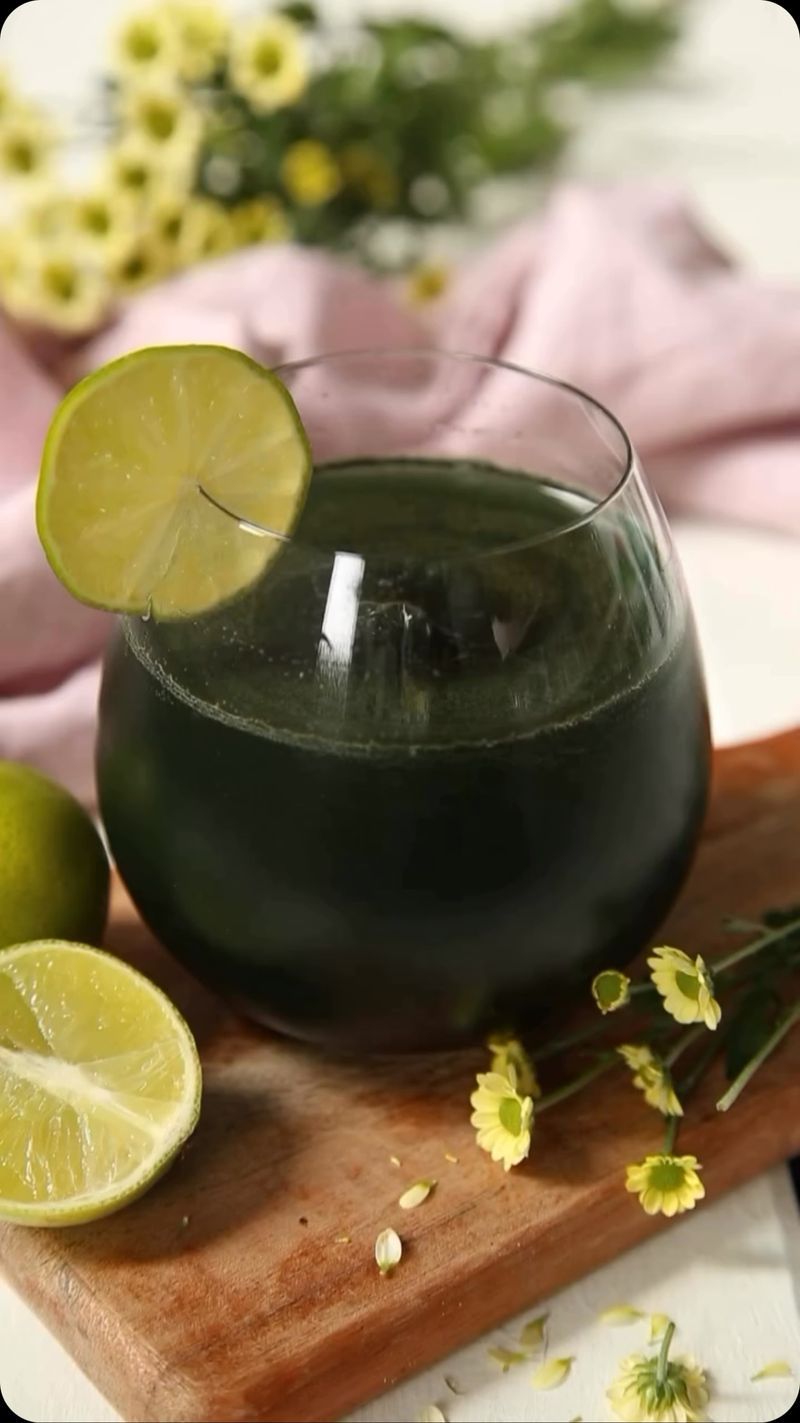10 Haircare Tips Every Woman Over 60 Needs To Know

Gray hair brings wisdom, but it also brings new challenges to our beauty routine.
After turning 60, I noticed my once-thick locks needed different care as they became finer and drier.
Through trial and error (and many bad hair days!), I’ve gathered practical solutions that actually work for mature hair.
These tips have transformed my limp, brittle strands into healthier, more manageable hair that makes me feel confident again.
1. Switch to Sulfate-Free Shampoo
My hair became noticeably drier after 60, and regular shampoos only made it worse. Harsh sulfates strip away natural oils that our aging scalps already produce less of. I switched to a sulfate-free formula with moisturizing ingredients like argan oil and immediately felt the difference. For best results, I wash my hair just twice weekly.
Between washes, I refresh with a spritz of water mixed with a drop of conditioner to revive my style without drying. When shampooing, I focus on massaging my scalp rather than scrubbing the length. Pro tip: Look for shampoos specifically formulated for mature hair that mention keywords like “hydrating” or “replenishing.” These products typically contain gentler cleansers that won’t leave your hair feeling like straw.
2. Embrace Weekly Deep Conditioning
Remember when a quick conditioner was enough? Not anymore! My Sunday ritual now includes a 20-minute deep conditioning treatment that’s transformed my brittle strands. After applying the mask, I wrap my hair in a warm towel to help the product penetrate deeper. Hair masks with ingredients like shea butter, avocado oil, or keratin provide intense moisture aging hair desperately needs.
I’ve found products with hyaluronic acid particularly effective at plumping thinning strands. The extra time spent deep conditioning saves hours of struggling with dry, unmanageable hair throughout the week. Sometimes I make my own mask with olive oil, honey, and an egg yolk when my hair feels especially parched. This homemade remedy costs pennies but works wonders for adding shine and softness.
3. Get Strategic Haircuts
Gone are the days when I could go months between trims. Now I schedule cuts every 6-8 weeks without fail. Regular trims prevent split ends from traveling up the hair shaft and making already-thin hair look even sparser. I’ve learned that certain styles work better for aging hair.
My stylist recommended layers to create movement and volume rather than one-length cuts that can look flat. For thinning areas, shorter layers around the crown create the illusion of fullness.
Finding a stylist who understands mature hair made all the difference for me. When interviewing potential stylists, I ask about their experience with age-related hair changes and thinning. A good stylist won’t just cut your hair—they’ll suggest styles that complement your face shape and hair texture as they evolve.
4. Lower the Heat
Hot tools were my daily companions until I noticed my hair becoming increasingly damaged. Aging hair is more vulnerable to heat damage since it’s naturally drier and more fragile. I’ve cut back to using hot tools just once weekly, and the improvement is remarkable. When I do use heat, I never skip protection spray and keep my tools below 300°F.
Air-drying whenever possible has given my hair new life. For styling without heat, I’ve mastered overnight techniques like foam rollers and braiding damp hair for gentle waves by morning. Another game-changer was investing in a microfiber hair towel. Regular bath towels create friction that damages delicate strands, while microfiber gently absorbs moisture without roughing up the cuticle. My hair dries faster and with noticeably less frizz.
5. Shield Against Sun Damage
Nobody warned me that my silver strands would be more vulnerable to sun damage! UV rays break down the hair’s keratin proteins, leaving gray hair brittle, yellowed, and lifeless. After a particularly harsh summer left my hair damaged, I never leave home without protection. I keep a leave-in conditioner with UV filters in my bathroom and apply it daily. For extended outdoor time, I wear wide-brimmed hats that shield both my hair and face from damaging rays.
Some days I tie a silk scarf around my hair for a stylish protective option. Hair sunscreens aren’t just for the beach—they’re everyday essentials for silver-haired women. I’ve noticed my color stays truer and more vibrant since implementing this protection. My favorite products contain ingredients like cinnamidopropyltrimonium chloride, which bonds to hair and blocks UV rays.
6. Choose Lightweight Volumizing Products
Heavy styling products weigh down thinning hair, making a bad situation worse. After years of using the same products from my younger days, I finally accepted they weren’t working anymore. My hair looked flat and greasy within hours of washing. Switching to lightweight mousses and volumizing sprays designed for fine hair revolutionized my styling routine.
I apply products at the roots only, lifting sections and spraying close to the scalp where volume is needed most. For extra oomph, I keep dry shampoo in my arsenal—not just for second-day hair, but as a volumizing tool. Counterintuitively, I’ve found that using less product creates more volume. Just a quarter-sized amount of mousse distributed through damp roots gives body without heaviness. Products labeled “volumizing” but feeling sticky or thick usually disappoint, so I always test texture before purchasing.
7. Pamper Your Scalp
Healthy hair starts with a healthy scalp—something I ignored until noticeable thinning forced me to pay attention. Our scalps produce less oil as we age, often leading to dryness, itchiness, and poor hair growth. Weekly scalp treatments have made a remarkable difference in my hair’s overall health. I massage my scalp for five minutes daily using my fingertips (never nails) in circular motions.
This simple practice stimulates blood flow, distributes natural oils, and feels wonderfully relaxing.
For extra nourishment, I apply rosemary or peppermint oil diluted with jojoba oil directly to my scalp before bedtime once weekly. Exfoliating my scalp monthly with a gentle scrub removes product buildup and dead skin cells that can clog hair follicles. Since implementing these practices, I’ve noticed less shedding and new growth around my hairline—proof that it’s never too late to improve hair health!
8. Upgrade Your Pillowcase
Cotton pillowcases were silently sabotaging my hairstyle every night!
The rough fabric creates friction that breaks delicate aging hair and absorbs moisture, leaving strands dry and frizzy by morning. Switching to silk completely transformed my morning hair situation. Silk pillowcases allow hair to glide smoothly as you move during sleep, preventing breakage and preserving styles. I’ve found I can stretch time between washes because my hair stays cleaner longer—silk doesn’t absorb oils like cotton does.
For extra protection, I loosely gather my hair at the crown with a soft scrunchie before bed. Though silk pillowcases seem expensive initially, they’ve saved me money on styling products and treatments for damaged hair. They’re also gentler on facial skin, reducing sleep lines and wrinkles—a wonderful bonus! I recommend splurging on real silk rather than satin for maximum benefits.
9. Rethink Hair Coloring
After decades of coloring, I finally embraced my natural silver—and my hair thanked me! Harsh chemicals in permanent dyes cause significant damage to already-fragile aging hair. For those still coloring, gentler options make a tremendous difference in hair health. Semi-permanent colors without ammonia or peroxide provide coverage without the damage. I’ve helped friends transition by suggesting lowlights rather than all-over color, which creates dimension while growing out gray gracefully.
For those embracing silver, purple-tinted products neutralize yellowing and enhance natural brightness. Stretching time between color appointments reduces damage significantly. Root touch-up products can extend salon visits by weeks. When I colored my hair, switching from every 4 weeks to every 8 weeks with touch-up products in between dramatically improved my hair’s condition while saving hundreds of dollars annually.
10. Nourish Hair from Within
All the expensive products in the world can’t compensate for poor nutrition. When I improved my diet, my hair responded with new growth and shine that no product had delivered. Hair cells are among the fastest-growing in our bodies but are also non-essential, so they’re the first to suffer when nutrition is lacking. I prioritize protein at every meal since hair is primarily made of protein. Eggs, lean meats, legumes, and nuts provide building blocks for stronger strands.
Healthy fats from avocados, olive oil, and fatty fish nourish hair follicles from within. I’ve noticed remarkable improvement since adding omega-3 supplements to my daily routine. Staying hydrated is equally crucial—I aim for eight glasses of water daily. Biotin supplements have strengthened my previously brittle nails and improved hair growth, though results took about three months to become noticeable. Always check with your doctor before starting new supplements.

